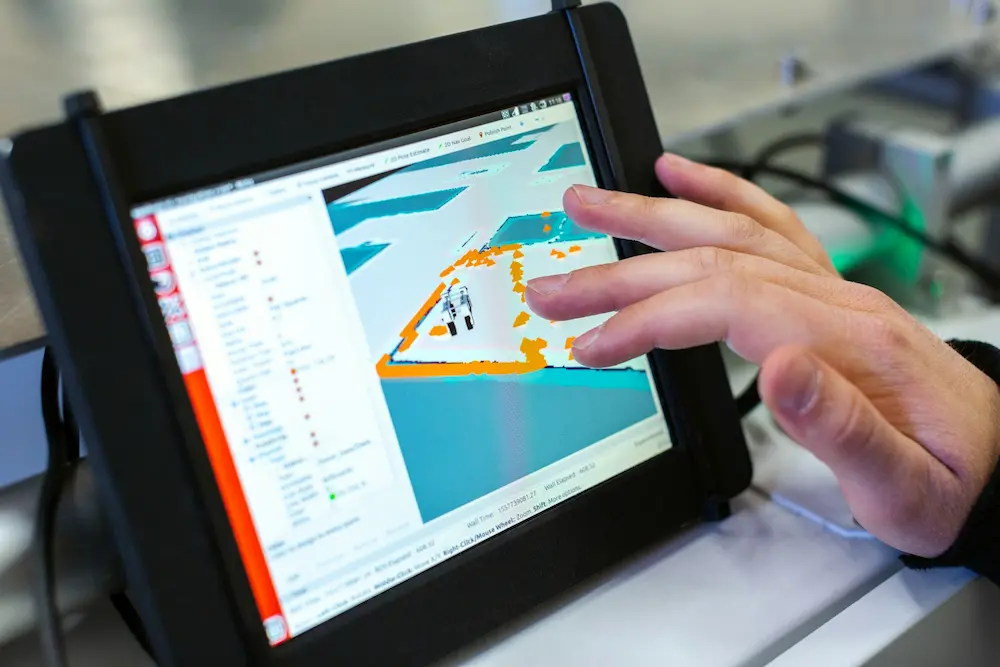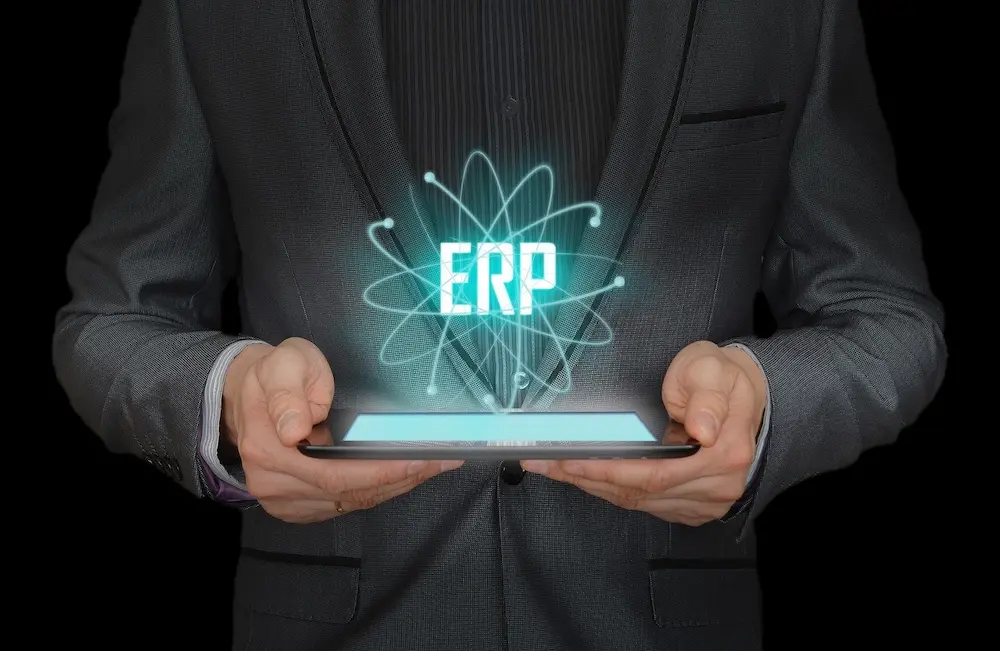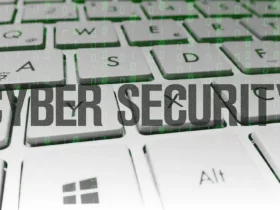In every business, orchestrating numerous processes and resources is vital to staying ahead in an increasingly competitive environment. Today, many companies swear by a tool that enhances efficiency and promises improved insights, flexibility, and control—the Enterprise Resource Planning (ERP) system. In this guide, we will unravel the complexities surrounding ERP software and explore the latest trends in the industry.
What is an ERP System?
An ERP (Enterprise Resource Planning) system is a comprehensive software platform organizations use to manage day-to-day business activities, such as accounting, procurement, project management, risk management and compliance, and supply chain operations. These systems are a central hub for business data, providing insights and facilitating streamlined operations across various departments. With an ERP system, businesses can improve their efficiency, make informed decisions, and increase productivity by reducing manual processes and creating a more cohesive data processing and analysis environment.
In recent years, the ERP landscape has been evolving rapidly, driven by technological advancements and changing business needs. Trends within ERP software trends highlight a shift towards cloud-based solutions, offering scalability, flexibility, and cost-effectiveness that appeal to organizations of all sizes. Additionally, integrating artificial intelligence (AI) and machine learning (ML) into ERP systems is becoming more common, enabling businesses to predict trends, automate processes, and personalize experiences in previously impossible ways. These developments reflect a broader move toward digital transformation in the enterprise world, signaling a bright future for ERP software.
The Components of an ERP System
While an ERP system is a single platform, it consists of several interconnected modules that cater to different business functions. Some of the key components of an ERP system include:

- Finance and Accounting: This module manages financial processes such as accounts payable/receivable, general ledger, budgeting, cash management, and fixed assets.
- Human Resources (HR): The HR module handles payroll, benefits administration, employee onboarding, performance management, and training.
- Supply Chain Management (SCM): This module manages the end-to-end supply chain process, including procurement, inventory management, order tracking, and supplier management.
- Customer Relationship Management (CRM): The CRM component tracks customer interactions and helps businesses manage sales processes and customer service.
- Manufacturing: This module streamlines production processes, including scheduling, shop floor control, and product lifecycle management.
- Business Intelligence (BI): The BI component provides insights through data analysis and reporting to support decision-making.
Choosing the Right ERP System
Choosing an ERP system for your business can be a daunting task, given the numerous options available in the market. To find the right fit, it’s essential to consider the following factors:
Business Needs
Understanding the unique requirements of your business is the first step toward selecting the appropriate ERP system. Identifying the specific processes and functions that need optimization is crucial to ensure the ERP solution can deliver the desired outcomes. Additionally, considering the system’s scalability is essential for accommodating future business growth and changes.
Integration Capabilities
The integration capabilities of an ERP system are crucial, especially in today’s interconnected business environment. It’s critical to ensure that the solution can seamlessly integrate with your existing systems, such as CRM or HR software, to avoid data silos and increase efficiency.
Scalability and Flexibility
As businesses grow and evolve, so do their needs. Choosing an ERP system that can scale with your company and adapt to changing requirements is important. A system that offers customization options and easy scalability without significant upgrades or costs can provide a long-term solution for evolving business needs. It’s essential to ensure the ERP can handle increased data volume and additional modules as your business expands.
User-Friendly Interface
A user-friendly interface is critical for the success of an ERP system. Employees across departments and varying levels of technical proficiency will be using the software, so choosing an intuitive and easy-to-navigate solution is essential. A complicated or confusing interface can lower adoption rates and hinder productivity.
Vendor Support and Reputation
Selecting an ERP system from a reputable vendor with a track record of quality support is crucial for ongoing success. It’s essential to research the reputation and customer reviews of the vendor before making a decision, as well as understand their approach to customer support and training opportunities.
Despite its complexities, an ERP system can revolutionize how businesses operate by combining data from various departments into one centralized platform. With a better understanding of what an ERP system entails and key considerations when choosing one, you can make informed decisions that align with your business goals. As technology continues to evolve, so will the capabilities of ERP systems, making them a valuable asset for any organization striving for growth and success. So, it’s never too late to consider implementing an ERP solution as part of your digital transformation journey.








